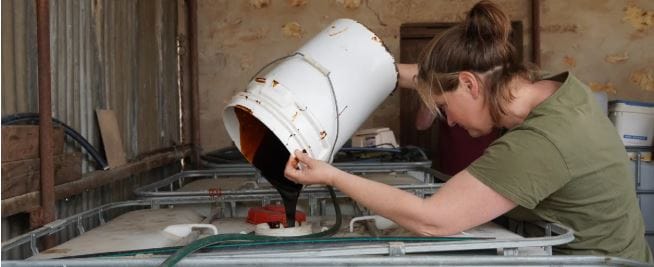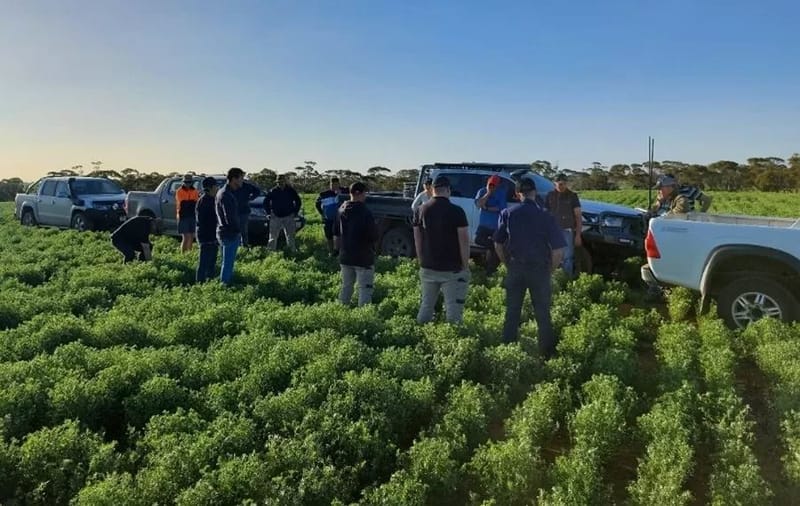Winter rains improve crop outlook
FAVOURABLE winter rainfall across most of South Australia’s cropping regions has lifted the outlook for grain production, with the state’s estimated 2025–26 harvest now sitting at 8.5 million tonnes.
The latest Crop and Pasture Report – Winter Crop Performance from PIRSA shows yield potential has risen to average, or slightly above average, in many districts.
While still below the state’s five-year production average, this is welcome news for an industry that endured the lowest rainfall on record in the prior 18 months.
Challenges remain in the Northern Mallee and eastern Lower Murray, where rainfall deficits and sandblasting have damaged crops and exposed sandy soils, raising erosion concerns.
Rootzone soil moisture is mostly average, but deeper layers remain well-below average following the dry summer and autumn. With crop development two-to-three weeks behind schedule, spring rainfall will be critical to supporting yield potential.
Pasture growth also varies across the state, with cover remaining poor in the Northern Mallee, where supplementary and containment feeding are still required.
In contrast, the Southern Murray Mallee, Lower North, Mid North, Upper North and Lower Murray are showing gradual recovery. Many livestock producers have reduced stock numbers, prioritising the retention of breeding animals while offloading surplus or non-productive stock.
At present, no major pest, disease or weed threats have been identified, although recent flights of native budworm moths are likely to prompt insecticide applications to protect pulse crops in the coming weeks.
Grain Producers SA CEO Brad Perry said “while the drought has yet to fully break across South Australia, it is encouraging to see stronger rainfall in recent months providing a boost to crop growth”.
“With very little subsoil moisture across many cropping regions, achieving an average crop this year will ultimately depend on spring rainfall and avoiding spells of extreme heat,” Mr Perry said.
“Crop development is still running four-to-six weeks behind in many regions, which means farmers are preparing for a much later start to harvest than usual, and that brings its own set of challenges.
“The encouraging news is that most grain producers across the state have received more growing season rainfall in 2025 than during last year’s record dry period.”
Minister for Primary Industries and Regional Development Clare Scriven said “South Australian farmers are facing many uncertainties this season, and we know how important it is for them to have the best possible information to guide their decisions”.
“While favourable winter rainfall has provided hope in many regions, we know it is still a challenging time for many on the land and the impacts of the drought will continue to be felt for some time,” Ms Scriven said.
“We continue to listen to farmers across the state, closely monitor seasonal conditions, and ensure that assistance through the Drought Support Package continues to reach those in need, providing practical relief.”
The State Government continues to support producers through seasonal challenges, with the $73m Drought Support Package available to primary industries and associated businesses.
The package includes a range of measures to directly support primary producers, including $18m for the On-Farm Drought Infrastructure Rebate Scheme to help manage drought conditions and strengthen preparedness, and more than $6m to assist charities with freight costs to deliver donated fodder to farmers, alongside other targeted support initiatives.
More information is available online (pir.sa.gov.au/drought-support).
The Crop and Pasture Report provides vital intelligence on grain and pasture conditions across 14 South Australian districts and is used by industry, government and service providers to inform decision-making.
The full 2025–26 Winter Crop Performance report is available by visiting the website (pir.sa.gov.au/crop-report).






